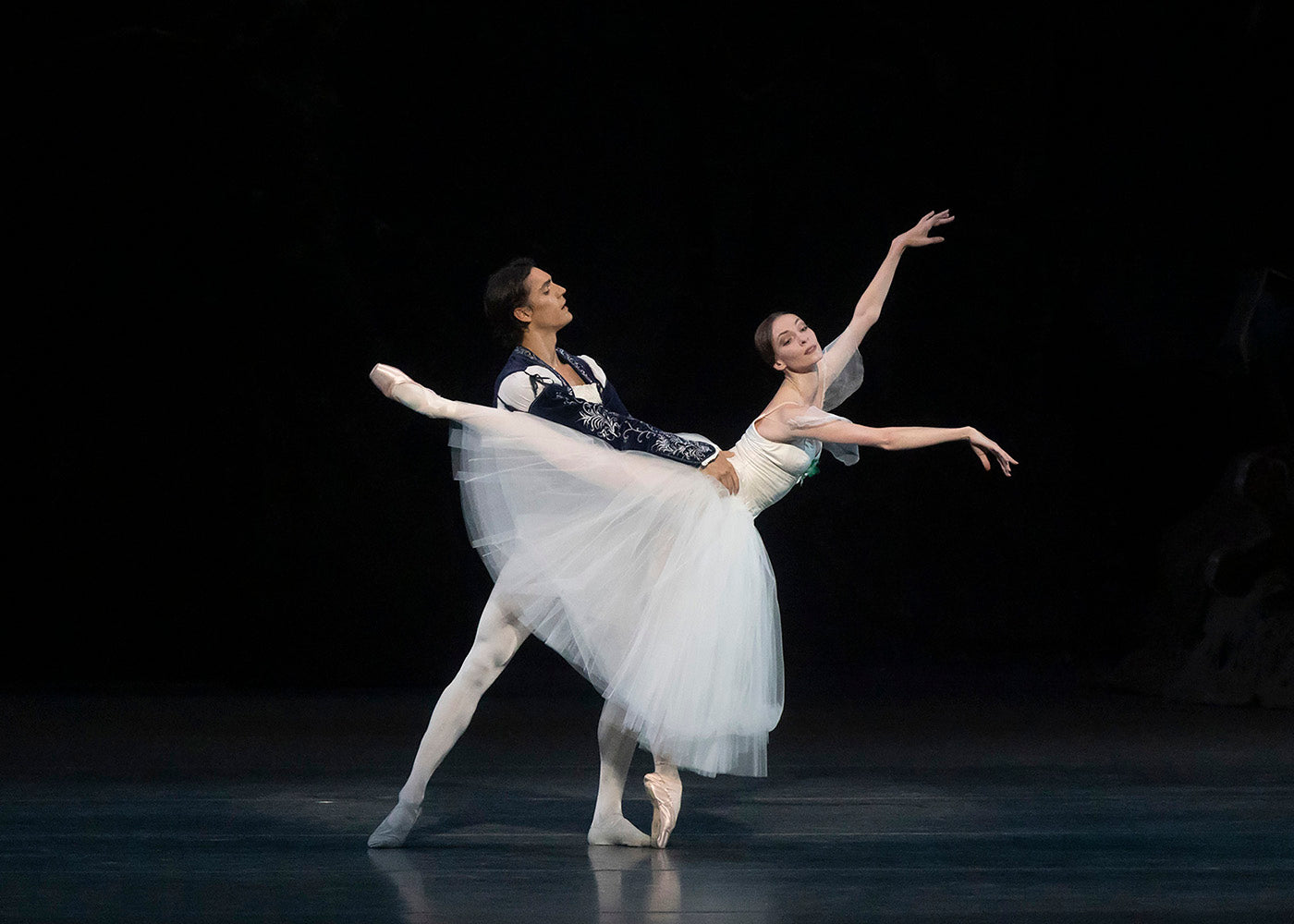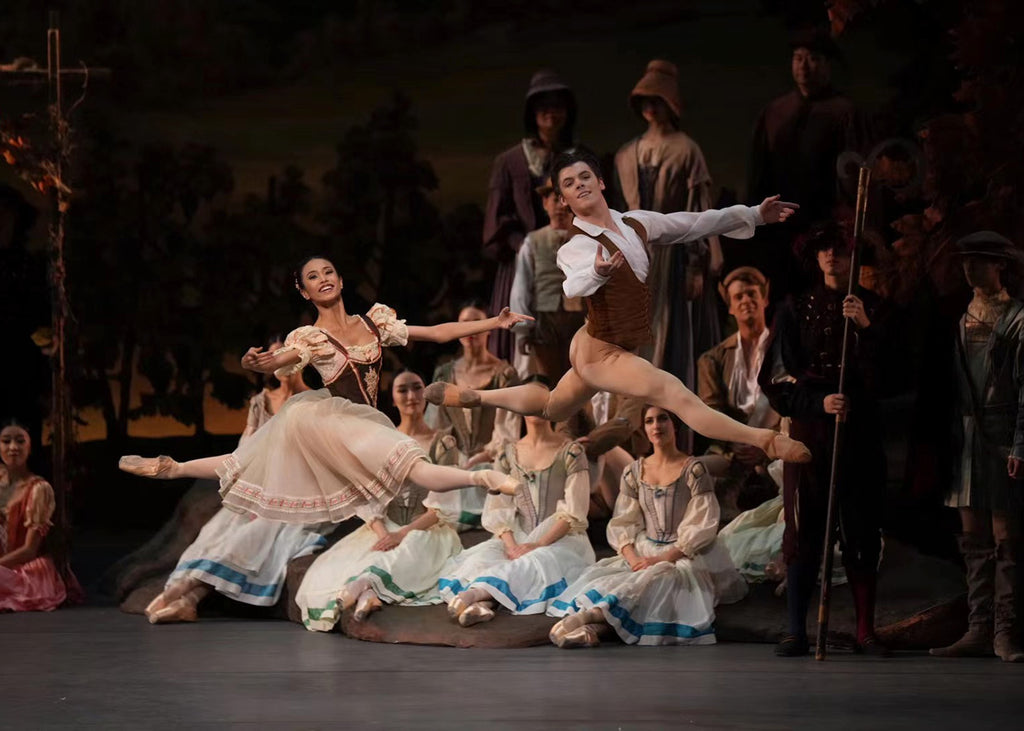Float like a Butterfly
Sans tutu or pointe shoes, New York Ballet principal Sara Mearns delivered a knock-out punch in her 20-minute solo, “Zebra.”
Plus
World-class review of ballet and dance.
To celebrate its 85th anniversary, the American Ballet Theatre filled its summer season with exciting debuts (Chloe Misseldine in “Giselle,” Catherine Hurlin and Misseldine in “Sylvia”), farewells both grand and subtle (Gillian Murphy’s final “Swan Lake” after an impressive 29 years with the company, Cassandra Trenary in whatever one is fortunate enough to catch her in before she slips out to the Vienna State Opera Ballet), guest appearances (Reece Clarke in “Sylvia”), and in-house anniversaries (Hee Seo and Cory Stearns marking 20 years with ABT in “Giselle”). But by far the hottest ticket was guest star Olga Smirnova’s one-night-only performance of “Giselle” on June 21st.
Performance
Place
Words



“Uncommonly intelligent, substantial coverage.”
Your weekly source for world-class dance reviews, interviews, articles, and more.
Already a paid subscriber? Login

Sans tutu or pointe shoes, New York Ballet principal Sara Mearns delivered a knock-out punch in her 20-minute solo, “Zebra.”
PlusJapan Society’s Yukio Mishima centennial series culminated with “Mishima’s Muse – Noh Theater,” which was actually three programs of traditional noh works that Japanese author Yukio Mishima adapted into modern plays.
PlusThroughout the year, our critics attend hundreds of dance performances, whether onsite, outdoors, or on the proscenium stage, around the world.
PlusOn December 11th, the Alvin Ailey American Dance Theater presented two premieres and two dances that had premiered just a week prior.
Plus
What a fantastic description and compelling writing. Thank you!